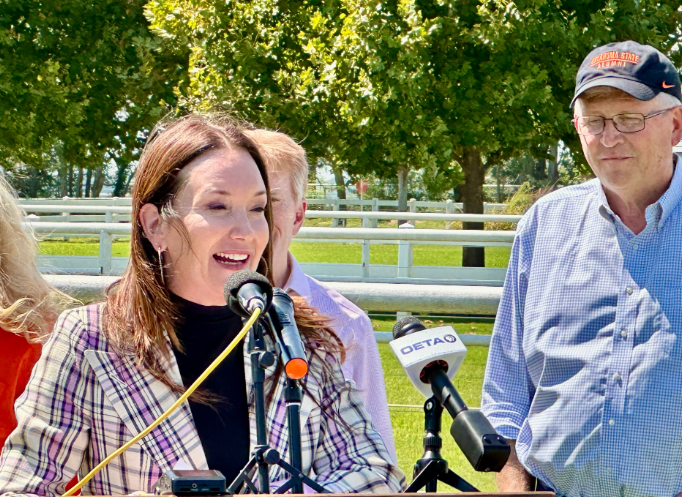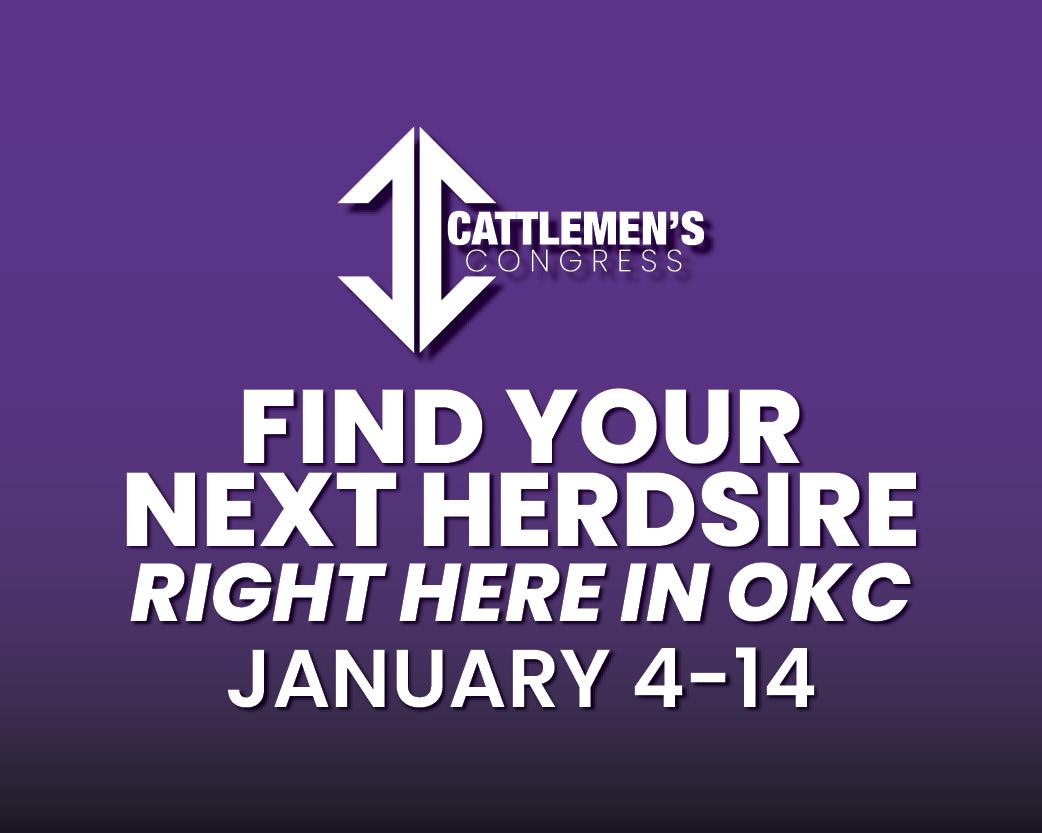
The Trump Administration has been dealing with the approach of the New World Screwworm since President Trump was sworn in as the 4th President of the United States. His choice to be Secretary of Ag, Texas native Brooke Rollins, has had the pest on her radar since being nominated and later confirmed in February.
In June, Secretary Rollins traveled to south Texas to announce USDA’s five-pronged plan to combat the northward spread of NWS from Mexico into the United States.
The reality of New World Screwworm as a major threat to the US Beef Cattle Industry came into sharper focus in July, when on the final day of the Summer Cattle Industry Business Meeting in San Diego, USDA announced the discovery of New World Screwworm in Veracruz, Mexico, just 370 miles south of the US- Mexico border. Secretary Rollins, who had the previous month announced the re-opening of the US to Mexican Feeder Cattle, quickly closed trade down again.
In August, the Secretary joined with Texas Governor Abbott to meet with cattle and wildlife officials in Austin and announce updated details on the five point plan to aggressively push back on the pest. Secretary Rollins came to Yukon, Oklahoma this past week to provide an update to the plan unveiled in Austin just a few weeks earlier. Oklahoma Farm Report’s KC Sheperd and Ron Hays were in attendance for that industry and media update.
In today’s Beef Buzz, Rollins emphasized that she believes the situation is improving. She noted that while detections once crept as close as 370 miles from the U.S.–Mexico border, “since then, we’ve had no detections, and everything seems to be moving back.” Rollins credited aggressive efforts on both sides of the border for slowing the pest’s advance.
A key part of the U.S. response involves expanding the sterile fly program. Rollins explained that Mexico is reworking an existing facility to produce sterile flies “in the next couple of months,” while a larger U.S. facility in South Texas will take 12 to 18 months to complete. She stressed that producing the flies requires radiation, meaning safety considerations prevent quick fixes. “You can’t just throw up a tent and start producing more flies,” Rollins said, underscoring the complexity of the effort.
Rollins also highlighted the progress in U.S.–Mexico cooperation. Early criticism suggested Mexico was not responding aggressively enough, but Rollins said the relationship is now strong: “Many have said that our partnership with Mexico right now is as strong and as transparent as it has been in decades.” Mexico has waived customs duties on eradication equipment, allowed USDA aerial releases, and halted cattle movement in affected zones. Rollins said these measures are “a really big deal” in preventing further spread.
Rollins pointed to additional U.S. measures, including working with HHS and FDA to issue emergency authorizations for animal drugs like ivermectin, ensuring tools are ready if needed. She also offered an update on the August announcement regarding sterile fly production: the U.S. will build its own sterile fly facility in Edinburg, Texas. Backed by $750 million in White House funding, the facility will produce “up to 300 million sterile fly per week,” a move Rollins called a reflection of the administration’s commitment to protecting American livestock.
Beyond sterile fly production, Rollins emphasized the need for renewed research. The screwworm was eradicated from the U.S. in the 1960s, but complacency followed. “Now it’s time to double down,” she said, pointing to $100 million in USDA funding for research and development into new eradication technologies. An upcoming innovation summit in Washington will bring together top scientists to accelerate solutions.
Rollins framed the fight against the screwworm as both urgent and long-term. Immediate actions are containing the threat near the border, while new facilities and research investments aim to give the US and Mexico the ability to push the NWS back into Central America. “This will be a massive step forward,” she said, stressing that protecting America’s cattle industry requires both vigilance and innovation.
The Beef Buzz is a regular feature heard on radio stations around the region on the Radio Oklahoma Ag Network and is a regular audio feature found on this website as well. Click on the LISTEN BAR for today’s show and check out our archives for older Beef Buzz shows covering the gamut of the beef cattle industry today.


















